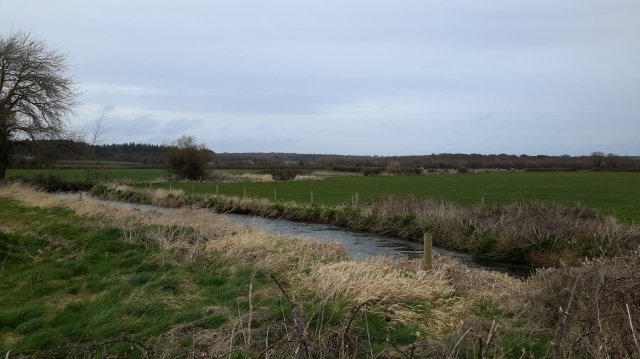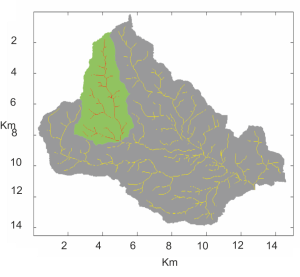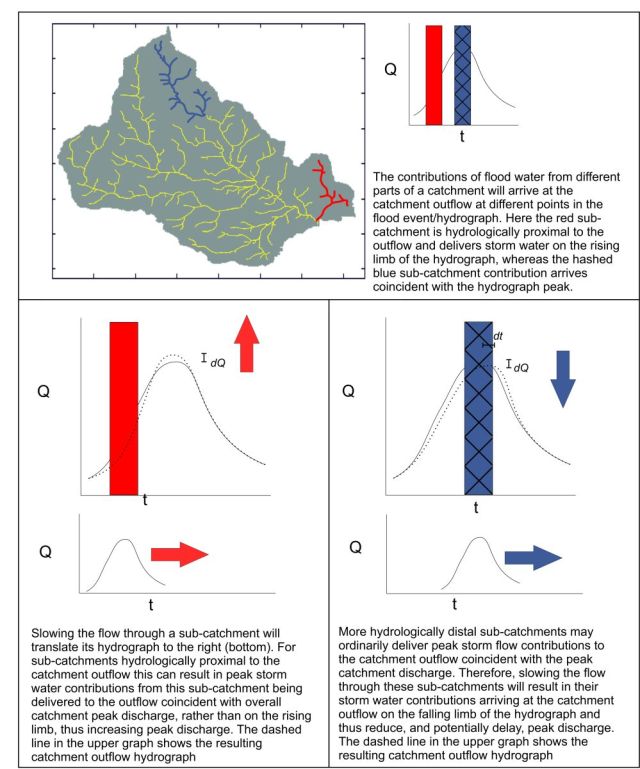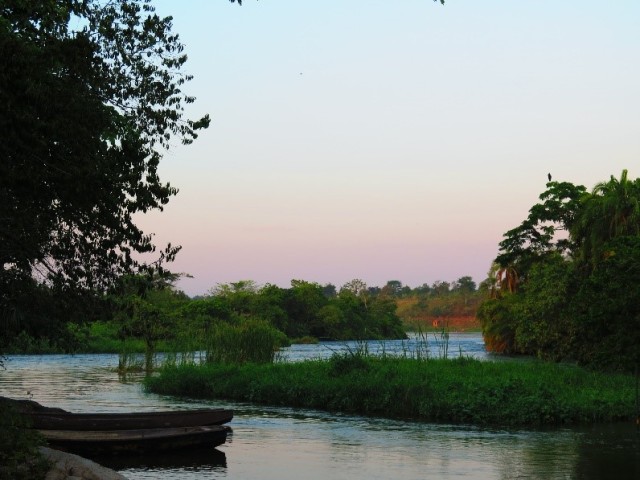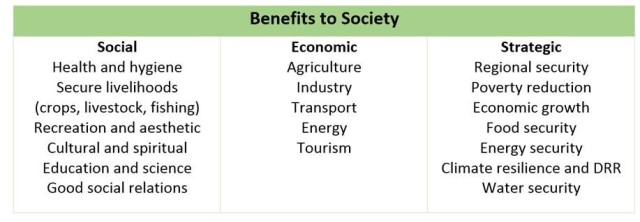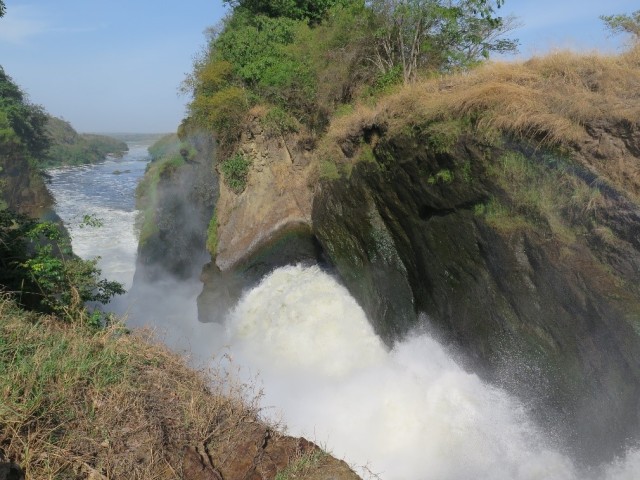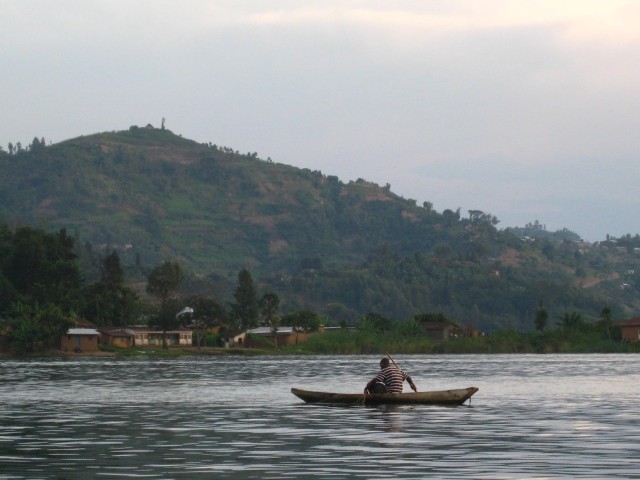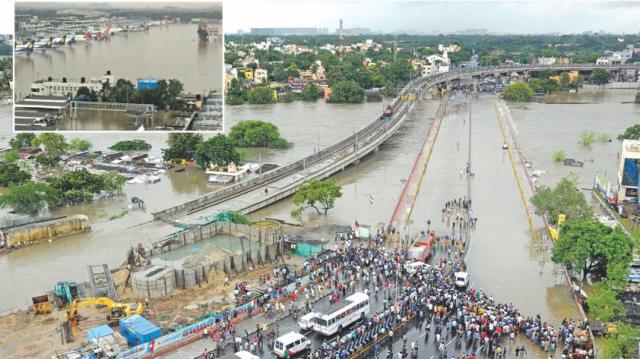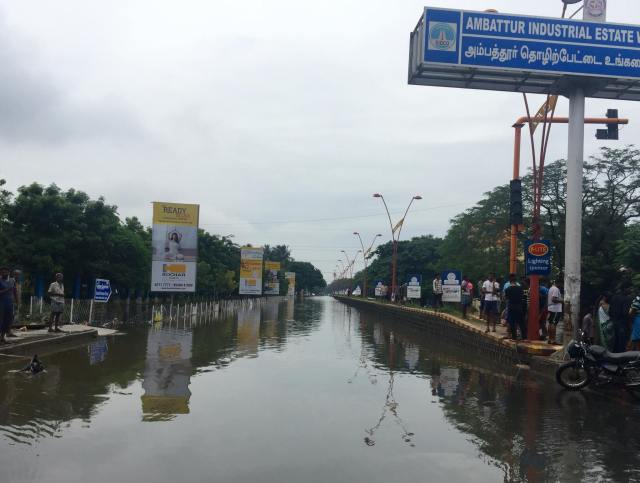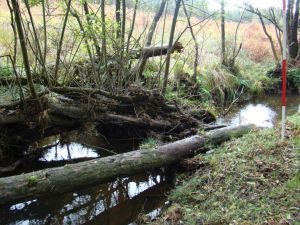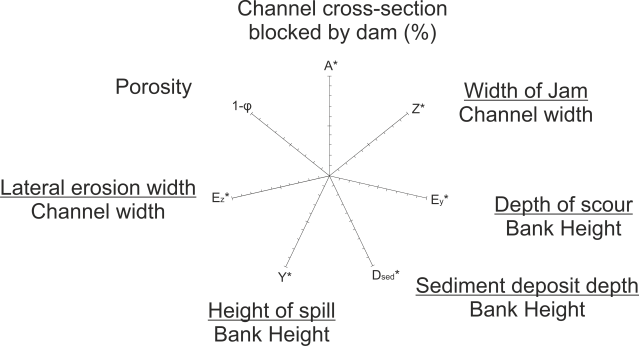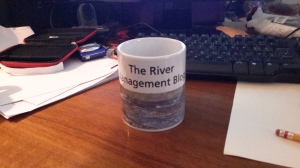In June this year intense rainfall led to localised flooding in South Birmingham in and around University of Birmingham. One area which was particularly badly hit was Pershore Rd near the Birmingham Nature Centre. This area is near to the courses of the River Rea and Bourn Brook and there was some uncertainty afterwards about the extent to which the flooding was due to the river(s) over topping their banks (‘fluvial flooding’), or just to a failure of surface water drainage (‘pluvial flooding’).
I’ve written before about how immediately after flooding it’s not always helpful to try and blame something for the flooding. However, in contrast it’s really important to take time afterwards to try and understand if there are exacerbating factors which made flooding worse. Through understanding flooding mechanisms we can then better target alleviation measures. In the context of this flooding example the question is whether the flooding was driven by; the River Rea, the Bourne Brook(1), from drainage being overwhelmed, or some combination of these factors. If we understand how topography, river networks and drainage changes flooding behaviour, then we can design mitigation measures that will help alleviate it the future, but also make sure we don’t undertake expensive works which will have minimal effect.
I wanted to see what I could understand about the event by visiting the area the day after and by studying Geographical Information Systems (GIS) data.

The River Rea at the back of Sir John’s Rd. Note how grass has been flattened on the banks, but the height of this is below the bank tops, indicating the river didn’t flood here.
The worst of the flooding was in Sir John’s Road off the Pershore Road. I had a look at the River Rea to the back of Sir John’s Road and the lines of trash and flattened grass indicated the Rea at it’s highest had been at least 50cm – 1m from over topping it’s banks (see above). Further down the Rea at the junction with the Bourn Brook it was the same story; the rivers looked as though they stayed in bank. I obtained some free Lidar data from the Environment Agency and made a digital elevation map on my laptop. This clearly shows the higher areas of Moor Green/Cannon Hill to the East, Selly Park to the SW and the University of Birmingham to the NW. With the flooded area sitting in a low lying region upstream of the Rea/Bourn Brook confluence.
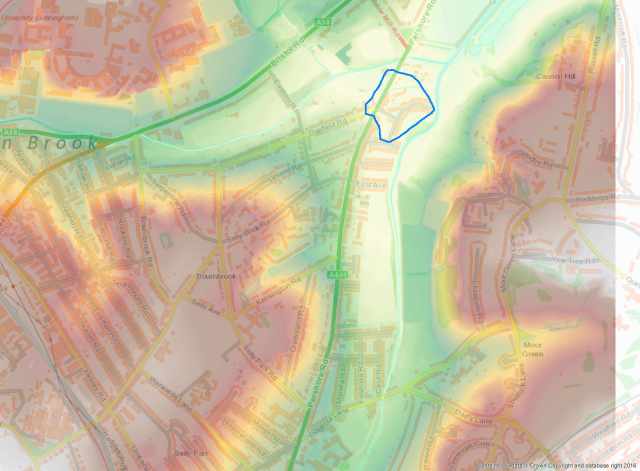
I made this map using free EA Lidar data and an OS basemap. The higher areas are red, going through yellow, green and with pale green/blue as the lowest. The main flooded area is shown in blue.
The Pershore Road bridge over the Bourn Brook had racking that at it’s highest was ~1-2m below the road surface, so indicates the Bourn Brook was unlikely to have flowed out onto the Pershore Road here. However there did seem to be a low lying vacant lot/area of scrub bordering the Pershore Rd, which may have been a route for the Bourn Brook to flood. There was also a lot of fine sediment deposition over the Pershore Road and Sir John’s Road, which indicates the water on the road might have been fluvial in origin, rather than just rain water.

Looking up Pershore Rd from near the junction with Sir John’s Rd. Note how road dips slightly to traffic lights, then rises again towards bridge (by bus in far distance). The low lying field/scrub bordering the Bourn Brook comes up to the trees on the left.
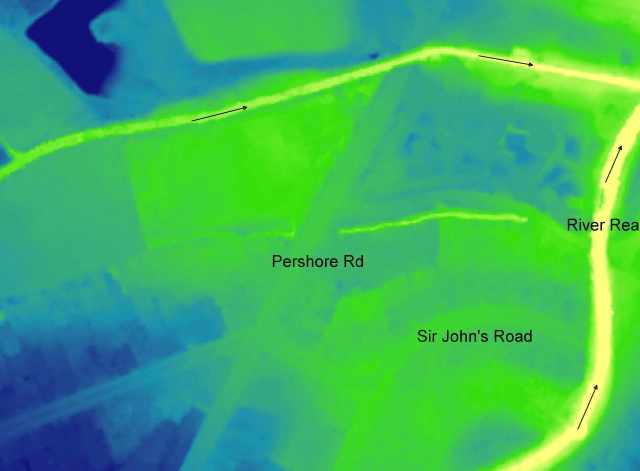
Digital Elevation Model of the area around Sir John’s Road. The Bourn Brook is yellow at the top, the Rea is marked at the right. The Pershore Rd goes roughly SW-NE. Sir John’s Road is the curving green line in the bottom right. The lowest land is yellow and bright green (the brighter the colour, the lower it is).
Looking in detail at the digital elevation model (above) we can see the rivers in bright yellow with the lower parts of the floodplain in green. The brighter the green, the lower the land. I’ve taken some spot height measurements from the DEM to quantify the relative heights of different places. Sir John’s Road itself is low lying at it’s junction with the Pershore Rd (115.05m to datum), and slightly slopes down to the T-junction in the middle (114.17m). The Pershore Road is slightly higher (115.47m at the Bourn Brook bridge), and all roads around here slope towards the junction of Sir John’s Road and Pershore Road. This means water will flow into Sir John’s Road from several directions and not be able to get out over land. If you look at the video here, at 0.02 seconds it shows the junction of Sir John’s Road and the Pershore Road, looking ~NE up the Pershore Rd and seems to show water flowing from the direction of the Bourn Brook towards and possibly down Sir John’s Road.
The height of the Sir John’s Rd terminus by the R.Rea is 114.72m (over half a metre higher than the T-junction in the middle) and Fourth Avenue to the South is 114.62m (45cm higher than the T-junction). This all means the middle of Sir John’s Rd is around half a metre lower than all the roads that lead to it – it is a small bowl-like depression. To make matters worse for the effects of the flooding, the back gardens on the left side are ~114.30m and the right side are ~114.20m; they are about the same elevation as the lowest part of the road and crucially, lower than any other route out for the water. This means once surface water is in Sir John’s Road it is likely to flow into the houses unless the drains can cope with moving it away. At the very least water will be at around half a metre deep in the area in photograph below before it inundates the ends of the road at all (In the photo below Ford Transits have ~44cm wheels so it would be at the top of the wheel arches, my bike panniers have a clearance of ~30cm so my sandwiches would be getting wet).

The lowest part of the road. There is only one drain here (under the parked van). This area is around half a metre lower than the surrounding roads.
The fine scale DEM below shows a likely progression of the flooding. I believe the key is a low lying plot of land (#3) to the West of the Pershore Road and bordering the Bourn Brook. Here the brook is only 1.14m below the surface of the field; a lower bank than anywhere else along the river and so likely the first place to flood.In contrast the difference between the height of the brook and road at the bridge is over 4m. I believe all these factors combined to lead to the flooding as illustrated below.
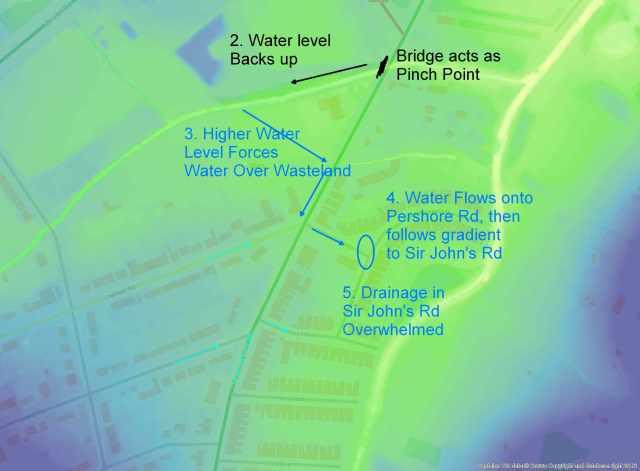
Likely step-by-step anatomy of the flooding.
The map above shows the general sequence of events which I believe lead to the flooding on Sir John’s Road. There is also the possibility intense rainfall was causing water to flow down some of the other nearby roads as well, here the topography would also have funnelled any such flood water into the Sir John’s Road depression. In my opinion the two key areas which would be most obvious to tackle in terms of raising flood resilience would be to redesign the drainage in Sir John’s Road to improve the capacity and to install property level protection for houses on the street.

Fourth Avenue looking down Sir John’s Road. There is one small drain on the right side by my bike (just out of shot), the next drain on this side of the road is by the blue cul-de-sac signs in the distance.
The surface water drainage in Sir John’s Road is in my opinion very inadequate to cope with the challenges of being a locally low lying area prone to surface water flooding. There are a only handful of small drainage grates here. I would not be surprised if these may lead to nuisance surface water flooding in heavy, but unexceptional rain, particularly if poorly maintained. I can’t see how they could cope with extreme events. Increasing drainage capacity might seem obvious, and would likely be useful, but it would not be a panacea in all flood events. A key consideration is even if drainage capacity was improved, there may not be a gradient from the surface drains to the Rea in large floods to move the water away, so the drains would back up. Effectively the Rea may rise without overtopping it’s banks, but still be sufficiently high that it is above the level of the drains, meaning water can’t easily drain off Sir John’s Road into the Rea. I don’t have enough information to say whether that could have happened in this event.

The R.Rea upstream of the Bourn Brook confluence. I believe the small terracotta pipe is part of local surface water drainage (for Nature Centre). Note if the river rises by ~1m it will submerge pipe outflow.
The another option is to redesign the Pershore Rd bridge; this is part of my analysis which is pure (informed) speculation. We just don’t know the extent to which the bridge played a role as a pinch point; backing up and raising water levels upstream. Even if the bridge were not there the water level in the Bourn Brook may have been high enough to flow across the low lying field onto the Pershore Rd (or may be in a future event). Some detailed flood modelling work could explore this. The other option would be to install flood walls or dykes on the river banks along the Bourn Brook, or possibly even set back against the Pershore Rd to lessen the chance water could flow across the field onto the Pershore Rd.
The weather leading to the June flooding in Birmingham was unusual, and should, even with climate change, remain a rare event. However with some further detailed analysis and remedial flood mitigation work around the Rea/Bourn confluence and in and around Sir John’s Road it should possible to lessen the devastating effects of flooding on residents in future extreme rainfall events.
Disclaimer: Given the sensitivity of the subject I want to emphasise the contents of this article are the personal opinions of the author. The opinions expressed are based on available information/data which allow no more than informed speculation and should not be taken as a detailed hydrological assessment. I hope it goes without saying that this article should not be used as a blueprint for undertaking any works.
(1) – Interestingly Bourn in Old English means brook or burn, so the Bourn Brook is the “Brook Brook”.
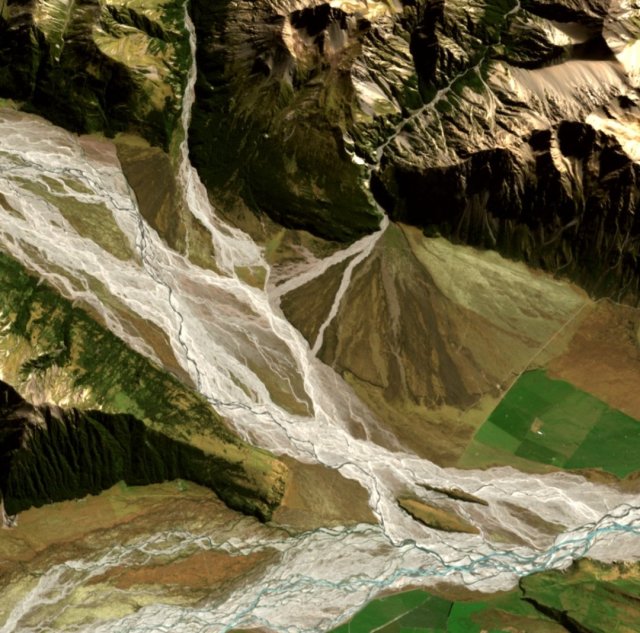 One of the main problems with how we as a community have approached the study of river dynamics is that we have created unreasonable expectations for those that are charged with managing rivers. For example, we describe thresholds for channel scour and migration, but fail to mention that the thresholds are fuzzy, and that rivers are unpredictable, chaotic systems. When we make a a prediction that channel change should occur for a flood of magnitude X, and then nothing much happens during such an event, we look foolish and the managers lose confidence in the underlying science.
One of the main problems with how we as a community have approached the study of river dynamics is that we have created unreasonable expectations for those that are charged with managing rivers. For example, we describe thresholds for channel scour and migration, but fail to mention that the thresholds are fuzzy, and that rivers are unpredictable, chaotic systems. When we make a a prediction that channel change should occur for a flood of magnitude X, and then nothing much happens during such an event, we look foolish and the managers lose confidence in the underlying science.










